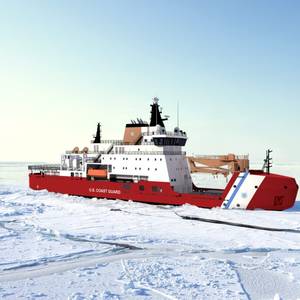
U.S. President Donald Trump and Finnish counterpart Alexander Stubb sealed an agreement on Thursday for the U.S. Coast Guard to acquire up to 11 icebreaker ships to bolster U.S. national security in the Arctic.Trump and Stubb have established friendly ties since Trump regained power in January, and the two met in March at the president's Mar-a-Lago club in Florida and played a round of golf.
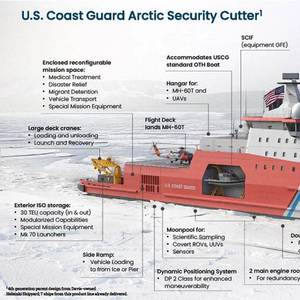
Davie Defense Inc. gives a first glimpse today of the “American Icebreaker Factory” – a planned $1 billion transformation of the historic Gulf Copper shipyard in Galveston, Texas.The American Icebreaker Factory concept was created in collaboration with Florida-based Pearlson, which has led major projects for leading American shipbuilders, including BAE Systems

The military and Coast Guard budgets are established that will benefit the U.S. ship building and repair sector, but what will stimulate the commercial yards?This author has been scratching his head of late, after a thrilling dive into July’s U.S. Big Beautiful Bill Act, and has asked several colleagues where the funding for support commercial shipbuilding can be found? To answer that

President Donald Trump's 'Big Beautiful Bill' earmarks more than $8.6 billion to increase the U.S. Coast Guard icebreaker fleet in the Arctic, where Washington hopes to counter rising Russian and Chinese dominance.The funding includes $4.3 billion for up to three new heavy Coast Guard Polar Security Cutters, $3.
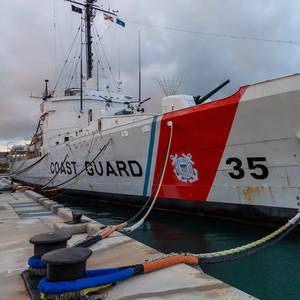
The U.S. Coast Guard welcomed the nearly $25 billion investment included in the One Big Beautiful Bill Act Friday — marking the largest single commitment of funding in service history. The investment strengthens every facet of Coast Guard operations and supports the Service's role as the Nation’s leading drug interdiction and maritime border security force.
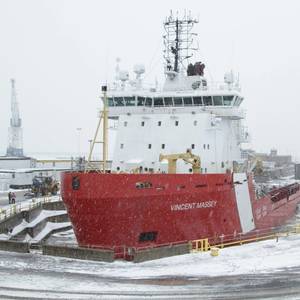
Davie, a leader in icebreaker and specialized vessel construction, announced plans to acquire shipbuilding assets in Galveston and Port Arthur from Gulf Copper & Manufacturing Corporation — marking a major step toward revitalizing large-scale shipbuilding of icebreakers in the United States. The move underscores growing momentum behind domestic production of ice-capable vessels and aligns with U.
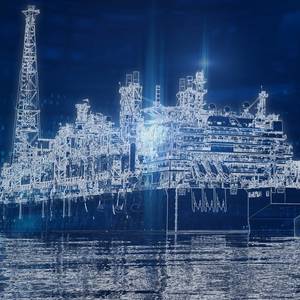
Fast-growing energy demand is driving the need for technical support and guidance in new locations, writes Terrance Roberts, Manager, Global Business Development, ABS.Surging appetite for natural gas is accelerating the development of global and regional supply chains, with established producers seeking new markets and emerging suppliers looking to meet demand from local consumers.
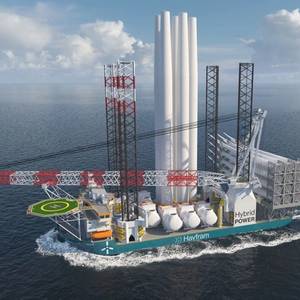
Belgium-based offshore installation services company DEME has signed an agreement to acquire Havfram, an offshore wind installation contractor based in Norway, in a deal worth $985.5 million.The strategic acquisition aligns with DEME's ambition to expand its footprint in the offshore wind energy market and enhances its competitive positioning in turbine and foundation installations.
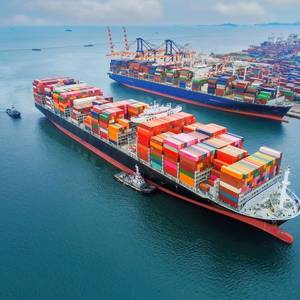
The global economy is bracing for renewed turbulence following U.S. President Donald Trump’s announcement on Wednesday of sweeping new tariffs, triggering fears of a global trade war and sparking immediate market and political reactions.According to the White House, the new measures include a 10% minimum tariff on most imported goods, with certain products - particularly those from major U.S.
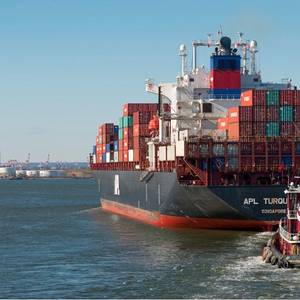
CMA CGM Group has announced a $20 billion investment to contribute to U.S. maritime economy and support the transformation of America’s domestic supply chain over the next four years.The announcement builds on CMA CGM Group’s 35-year presence in the U.S. Today, the Group operates in 40 states and employs 15,000 Americans. As a leading partner in U.S.
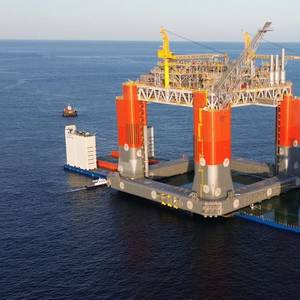
The Shenandoah floating production system (FPS) has been transported to the Gulf of America ahead of wet tow and offshore installation at the Shenandoah deepwater field at Walker Ridge project site, developed by Texas-based exploration and production company Beacon Offshore Energy.
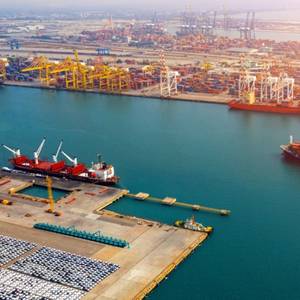
Container shipping companies like Maersk, CMA CGM and COSCO have ordered hundreds of new vessels in recent years meant to help their industry slash greenhouse gas (GHG) emissions to meet rising demand from customers and regulators around the globe.Their order books, however, reflect uncertainty over which of a wide array of so-called green fuels will become the standard in the decades to come